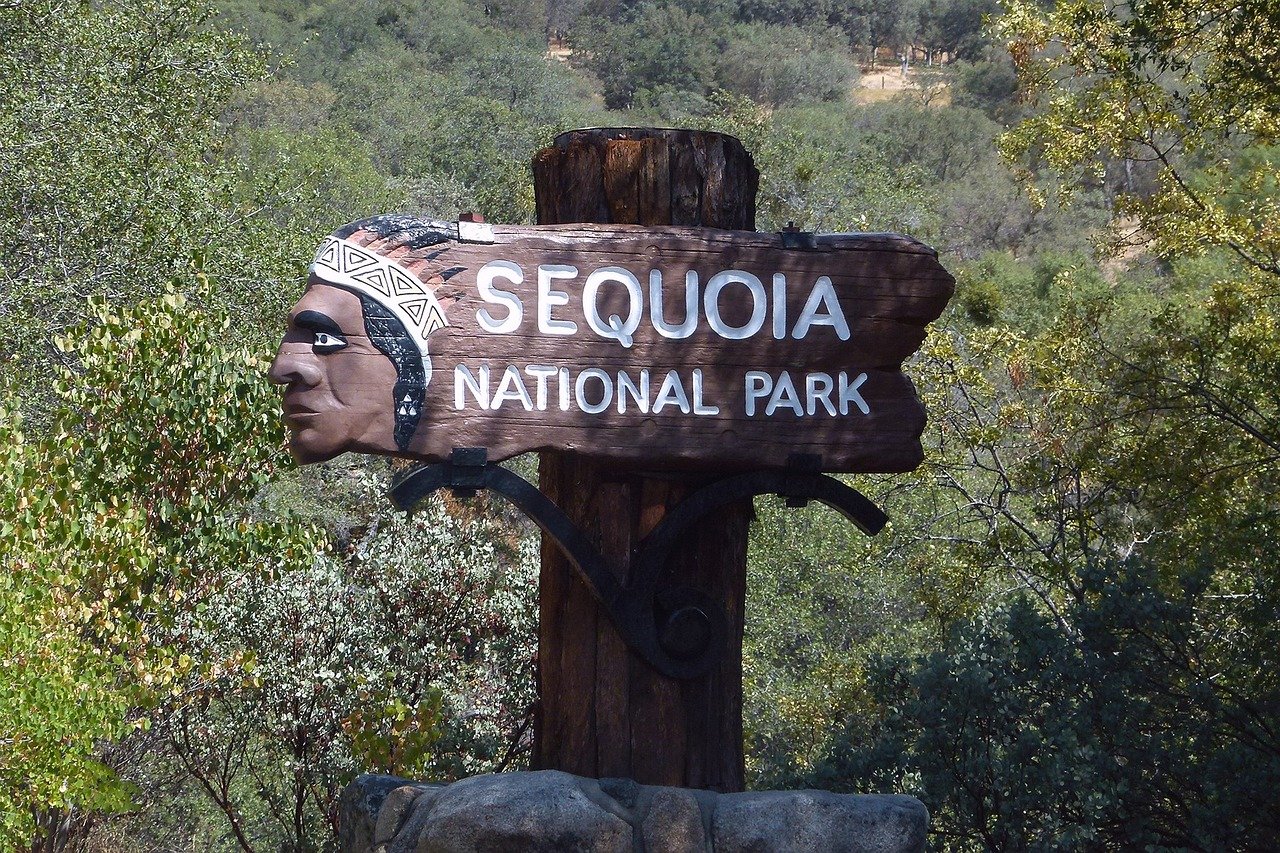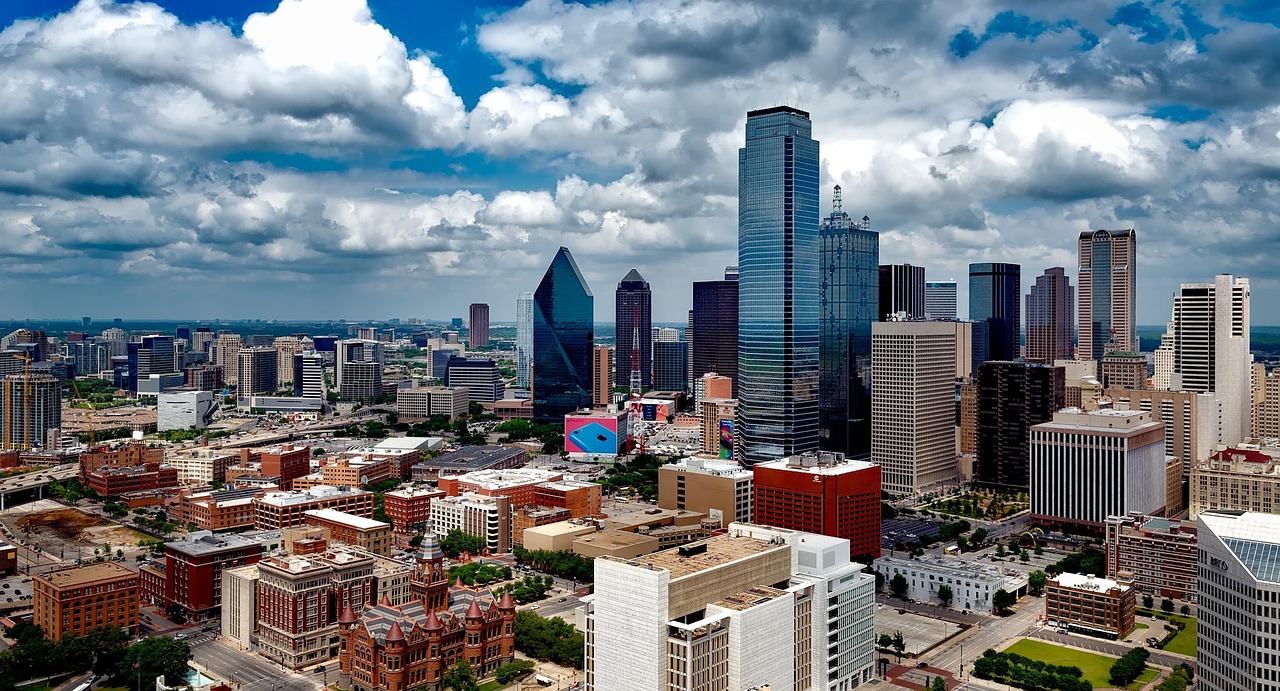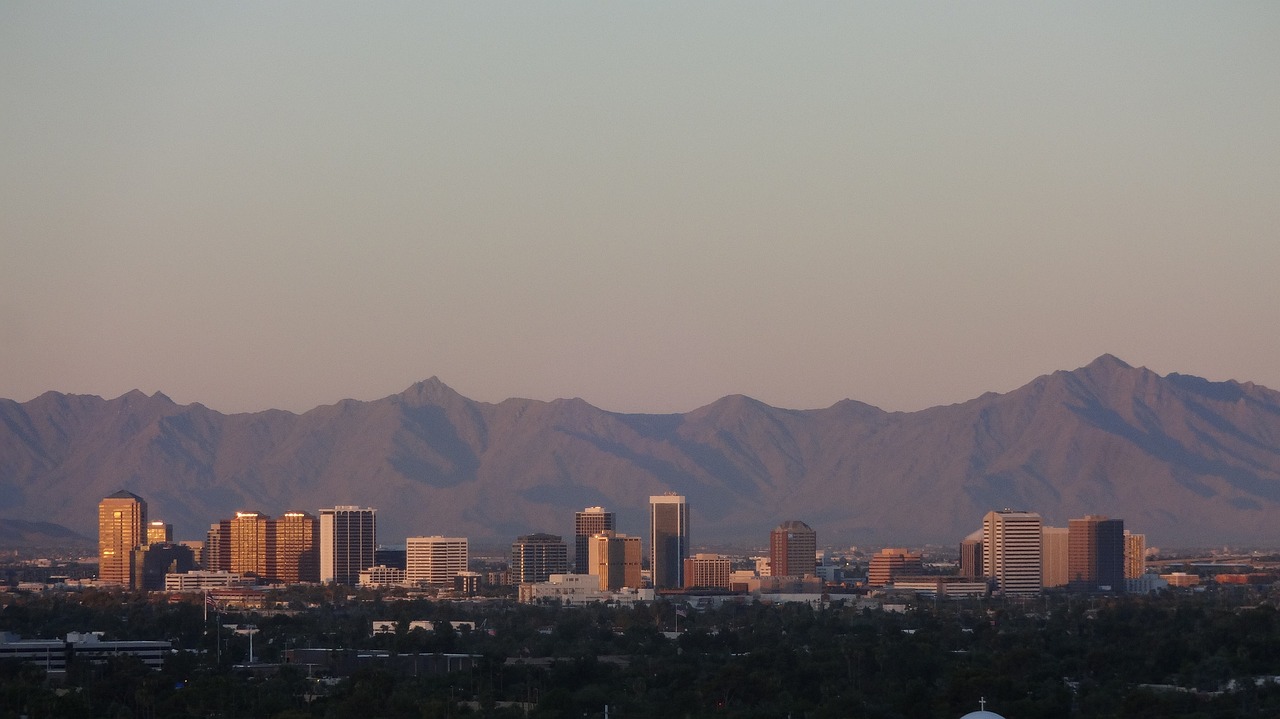Looking for an adventure? Sequoia National Park is a hidden gem in California. This blog will guide you through its wonders, making your visit unforgettable. Get ready to explore!
Key Takeaways
- Sequoia National Park is home to the General Sherman Tree, the world’s largest tree by volume.
- Visitors can explore Crystal Cave, a marble cavern with guided tours that showcase its stunning formations.
- The park offers many activities like hiking on scenic trails such as Congress Trail and Moro Rock, offering views of the Sierra Nevada mountains.
- There are various lodging options inside the park including Wuksachi Lodge and multiple campgrounds for those wanting to stay close to nature.
- Wildlife in the park includes black bears, mule deer, and mountain lions among other species thriving in its diverse ecosystems.
Key Attractions in Sequoia National Park

Sequoia National Park is home to the world’s largest tree, General Sherman Tree, standing tall and majestic. You can also take on the challenge of climbing Moro Rock for breathtaking panoramic views of the Sierra Nevada mountains.
General Sherman Tree
The General Sherman Tree, found in Sequoia National Park, is a giant among giants. It stands as the world’s largest tree by volume, making it a must-see for visitors. This giant sequoia reaches over 275 feet into the sky and has a base that measures more than 36 feet in diameter.
Visitors come from far and wide to see this towering marvel. Walking around its massive trunk feels like stepping into another world. While photos capture its size, standing next to it lets you feel its grandeur firsthand.
You’ll leave with memories of facing one of nature’s most impressive creations.
Moro Rock
After seeing the General Sherman Tree, another must-visit spot in Sequoia National Park is Moro Rock. This giant granite dome offers a stunning view of the Sierra Nevada and the park below.
To reach the top, visitors climb over 350 steps carved into the rock. It’s not just a climb; it’s an adventure, with breathtaking views at every turn.
Climbing Moro Rock is popular in summer. The experience feels like touching the sky, especially during sunrise or sunset. From up there, you can see deep into California’s wilderness and beyond.
Remember to bring your camera because you’ll want to capture this moment forever.
Tunnel Log
Tunnel Log in Sequoia National Park offers a unique experience. This fallen giant sequoia became a drive-through attraction after it tumbled over in 1937. Visitors can drive, walk, or bike through the log, making for amazing photos and memories.
The tree itself was huge before it fell, measuring over 275 feet tall.
Next up is exploring the stunning Crystal Cave.
Crystal Cave
Crystal Cave is a must-see attraction in Sequoia National Park, offering a fascinating underground adventure. Discovered in 1918, the cave features stunning marble formations, including stalactites and stalagmites that have taken thousands of years to form.
The guided tours through the cave provide visitors with an educational and awe-inspiring experience, showcasing the unique geological wonders hidden beneath the surface. It’s advisable to make reservations for these popular tours in advance as they tend to fill up quickly due to limited capacity.
The caves are a cool respite from the summer heat outside with an average temperature inside around 48°F (9°C). Guests need to be prepared for descending and ascending steep pathways inside the caverns but it’s well worth it for those seeking an unforgettable subterranean experience amidst these natural wonders.
Exploring the Landscapes
Discover the Front Country Adventures and Backcountry Hiking and Camping, unlocking the natural wonders of Sequoia National Park. Ready to explore?
Front Country Adventures
Sequoia National Park offers a range of front country adventures for all nature enthusiasts.
- Enjoy the stunning vistas along the Congress Trail, a moderate 2-mile loop leading through the heart of the giant sequoias.
- Immerse yourself in history with a visit to the Giant Forest Museum, showcasing the park’s natural and cultural heritage.
- Embark on a leisurely stroll to marvel at the towering granite monoliths in Crescent Meadow, where wildlife sightings are abundant.
- Delight in the scenic drive along Generals Highway, connecting Sequoia and Kings Canyon National Parks, offering access to breathtaking viewpoints and picnic areas.
Plan your next adventure by exploring backcountry hiking and camping experiences within Sequoia National Park.
Backcountry Hiking and Camping
When you’ve had your fill of the front country adventures, heading into the backcountry offers a whole new level of exploration and serenity. Here’s what awaits:
- Remote Trails: Explore over 800 miles of trails, winding through forests, meadows, and alpine landscapes, providing a true wilderness experience.
- Wilderness Camping: Set up camp in designated areas or obtain a permit for backcountry camping for an immersive and tranquil overnight stay amidst nature’s grandeur.
- Wildlife Encounters: Encounter diverse wildlife such as deer, bears, and marmots as you navigate the backcountry trails.
- Unparalleled Views: Be rewarded with breathtaking vistas from high alpine peaks and secluded valleys rarely witnessed by many park visitors.
- Nature Immersion: Immerse yourself in the unspoiled beauty of Sequoia National Park while venturing off the beaten path.
- Navigation Skills: Hone your navigation skills and map reading while exploring less-traveled paths in the park’s expansive wilderness.
Flora and Fauna of the Park
The park is home to the majestic giant sequoias, some of the oldest and largest trees in the world. Wildlife species like black bears, mule deer, and mountain lions also roam these lands.
For more details about the unique flora and fauna in Sequoia National Park, keep reading.
Giant Sequoias
Giant Sequoias, found in Sequoia National Park, are the world’s most massive trees. These incredible giants can reach heights of over 300 feet and diameters surpassing 25 feet. The famous General Sherman Tree, the largest known living single-stem tree on Earth, is a staggering 275 feet tall and approximately 2,200 years old.
Walking among these colossal beings is an awe-inspiring experience that gives visitors a profound sense of nature’s grandeur and timelessness. The park is home to over 8,000 sequoias, making it one of the best places in the world to witness these majestic ancient trees.
Exploring further into the park reveals other impressive specimens such as the Tunnel Log – a fallen giant sequoia carved out to allow vehicles to pass through – showcasing nature’s resilience and strength.
Witnessing these iconic giants up close leaves visitors with a deep appreciation for the magnificence of our natural world.
Wildlife Species
Sequoia National Park is home to a diverse range of wildlife species. Visitors may encounter black bears, mule deer, and mountain lions while exploring the park’s wilderness. The skies are also alive with the presence of golden eagles, peregrine falcons, and other bird species soaring above the Sierra Nevada mountains.
In addition, smaller creatures such as chipmunks and squirrels add to the vibrant ecosystem.
The park’s rich biodiversity makes it an ideal destination for wildlife enthusiasts and nature lovers alike. Keep your eyes peeled for these magnificent animals during your visit to Sequoia National Park to truly appreciate the beauty of its natural inhabitants.
Geology and Climate
Explore the park’s unique geological features and learn about its seasonal weather patterns. Discover how these elements shape the stunning landscapes you’ll encounter in Sequoia National Park.
Unique Geological Features
Sequoia National Park’s noteworthy geological features include the striking granite peaks, formed by ancient volcanic activity. Moro Rock and Crystal Cave are prime examples of this unique formation.
The park is also home to the Great Western Divide, a rugged mountain range providing a dramatic backdrop for visitors to explore. Additionally, the park boasts underground marble caverns dating back millions of years.
Visitors can witness the distinct effects of seismic activities at Soda Springs, where bubbling mineral water offers a glimpse into the Earth’s natural processes. These features contribute to Sequoia National Park’s diverse landscape and add an extra layer of wonder to any hiking or camping adventure.
Seasonal Weather Patterns
After exploring the unique geological features, let’s talk about the seasonal weather patterns. In Sequoia National Park, summers are warm with temperatures ranging from 60°F to 90°F during the day and dropping to around 40°F at night.
This makes it perfect for hiking, camping, and enjoying outdoor activities. Winters bring snow to higher elevations, creating a winter wonderland for visitors who enjoy skiing and snowboarding.
In spring and fall, the weather is mild with occasional rain showers; this period offers stunning wildflower blooms in spring and vibrant foliage in fall. Due to its varying elevations within the park, temperatures can change rapidly so it’s important for visitors to be prepared with appropriate clothing layers throughout their visit.
Overall, being aware of these seasonal changes ensures that you can make the most out of your visit while staying safe and comfortable regardless of when you plan your trip.
Activities for Visitors
Discover a variety of scenic trails and walks, perfect for all levels of hikers. From leisurely strolls to challenging treks, there’s something for everyone to explore in Sequoia National Park.
Read more about the adventures that await!
Scenic Trails and Walks
Sequoia National Park offers a plethora of scenic trails and walks for visitors to explore. Here are some must-do options:
- The Congress Trail: Meander among the giant sequoias, encountering the renowned President Tree, which stands at 270 feet tall.
- Big Trees Trail: Enjoy an easy loop trail that showcases the impressive beauty of the giant sequoias up close.
- General Sherman Tree Trail: Take a brief but stunning walk to witness the world’s largest tree by volume, the General Sherman Tree.
- Moro Rock Trail: Embark on a thrilling climb up narrow staircases to reach the summit for breathtaking panoramic views of the High Sierra.
- Crescent Meadow Loop: Delight in a peaceful stroll through lush meadows and serene forests, offering opportunities for wildlife sightings.
- Tokopah Falls Trail: Experience an enchanting hike leading to Tokopah Falls, with astounding views along the Marble Fork of the Kaweah River.
- Crystal Cave Trail: Descend underground on a guided tour through this mesmerizing marble cavern filled with striking formations and pristine pools.
These picturesque trails and walks provide unforgettable experiences amidst Sequoia National Park’s natural splendor.
Rock Climbing and Photography
Looking for thrilling adventures and stunning visual delights? Sequoia National Park offers rock climbing and photography opportunities that shouldn’t be missed.
- Rock Climbing:
Experience the thrill of scaling the granite walls of the Sierra Nevada mountains.
Numerous designated rock climbing areas offering a range of difficulty levels.
Professional guiding services available for beginners or those looking to enhance their skills.
Stunning panoramic views from atop the granite cliffs provide an unparalleled rock climbing experience. - Photography:
Capture the breathtaking beauty of ancient sequoia groves, dramatic landscapes, and wildlife in their natural habitats.
The park’s diverse ecosystems offer endless opportunities for nature, landscape, and wildlife photography.
Whether you’re a professional or amateur photographer, every corner of Sequoia National Park is a visual feast waiting to be captured.
Don’t forget to snap photos from atop Moro Rock for sweeping vistas across the wilderness.
Lodging and Dining Options
Discover a range of lodging options within the park and nearby dining spots; explore where to stay and dine for a memorable trip. Read on to find out more about planning your stay at Sequoia National Park.
In-Park Lodging
When visiting Sequoia National Park, here’s where you can stay for a comfortable and enjoyable trip:
- Wuksachi Lodge is the main lodging option within the park boundaries, offering modern rooms with stunning views of the surrounding forest and convenient access to popular attractions.
- The Lodgepole Campground provides an excellent camping experience in the heart of the park, allowing visitors to immerse themselves in nature while still being close to essential facilities and amenities.
- The Grant Grove Cabins offer a cozy and rustic accommodation choice, perfect for those seeking a more traditional mountain retreat experience.
- Dorst Creek Campground is another great camping spot in the park, providing a serene setting with easy access to nearby hiking trails and natural wonders.
- Bearpaw High Sierra Camp presents a unique backcountry lodging option for visitors looking to combine adventure with comfort, offering tent cabins and delicious meals amid breathtaking wilderness surroundings.
These options provide convenient and comfortable stays within Sequoia National Park, allowing you to fully immerse yourself in its natural beauty without sacrificing modern comforts.
Nearby Dining Spots
Looking for delicious dining options near Sequoia National Park? Here are some great spots to satisfy your hunger after exploring the park:
- The Gateway Restaurant – Offers a variety of options, from burgers and sandwiches to salads and pasta dishes.
- Wuksachi Lodge Dining Room – Enjoy a cozy atmosphere and a menu featuring regional and sustainable cuisine.
- Stony Creek Lodge Restaurant – Perfect for a quick bite with its selection of pizzas, burgers, and wraps.
- Lodgepole Market Deli – Stop by for grab-and-go deli sandwiches, fresh salads, and snacks to fuel your outdoor adventures.
Ready to explore the scenic beauty around these dining spots!
Tips for a Great Visit
Plan your visit during the spring or fall for milder weather and fewer crowds. Research trail conditions and park alerts before heading out to make the most of your trip! For more insights on maximizing your Sequoia National Park experience, continue reading about this picturesque destination.
Best Times to Visit
Spring and fall are the best times to visit Sequoia National Park, offering pleasant temperatures and fewer crowds. Here’s a list of considerations for planning your trip:
- Spring (April to June)
- Enjoy blooming wildflowers in the foothills.
- Waterfalls peak in late spring due to melting snow.
- The weather is mild and perfect for hiking.
- Fall (September to November)
- Witness the stunning display of changing colors as the leaves turn.
- Experience comfortable temperatures for outdoor activities.
- Wildlife sightings are common as animals prepare for winter.
Safety Guidelines
When exploring Sequoia National Park, keep these safety guidelines in mind:
- Stay on designated trails to avoid getting lost or disturbing delicate ecosystems.
- Carry plenty of water, especially during warmer months, as dehydration can be a serious risk at higher elevations.
- Be aware of wildlife such as bears and mountain lions; always store food properly and never approach wild animals.
- Check weather forecasts before hiking or camping to prepare for any sudden changes in conditions.
- Familiarize yourself with basic first aid techniques and carry a well-stocked first aid kit when venturing into the park.
- Inform someone of your plans before heading out on any backcountry adventures to ensure help can be summoned if needed.
Conclusion
Sequoia National Park is a breathtaking destination nestled in California’s Sierra Nevada mountains. It offers an abundance of natural wonders, from the towering sequoia trees to the majestic waterfalls and awe-inspiring landscapes.
Visitors can explore iconic attractions such as the General Sherman Tree and Moro Rock before diving into the park’s diverse flora and fauna while hiking its scenic trails or camping under the stars.
With its unique geology and seasonal climate, Sequoia National Park provides a one-of-a-kind experience for nature enthusiasts and adventurers alike. Whether it’s rock climbing, wildlife photography, or simply immersing oneself in the park’s natural beauty, there’s something for every traveler to enjoy.
FAQs
1. What can I see at Sequoia National Park?
At Sequoia National Park, you can see giant sequoia trees, beautiful mountains, and stunning valleys. The park is home to some of the tallest trees in the world, including General Sherman Tree, which is a must-see.
2. How do I get to Sequoia National Park?
To reach Sequoia National Park, you can drive from nearby cities like Fresno or Visalia. Follow Highway 198 into the park for breathtaking views along the way.
3. Are there activities for families at Sequoia National Park?
Absolutely! Families can enjoy hiking on various trails, picnicking in scenic spots, and even camping under the stars. There are ranger-led programs that teach kids about nature too!
4. When is the best time to visit Sequoia National Park?
The best time to visit is during late spring through early fall when most trails are open and weather is pleasant. However, winter offers a unique experience with snow-covered landscapes for those who love winter sports!







Leave a Reply